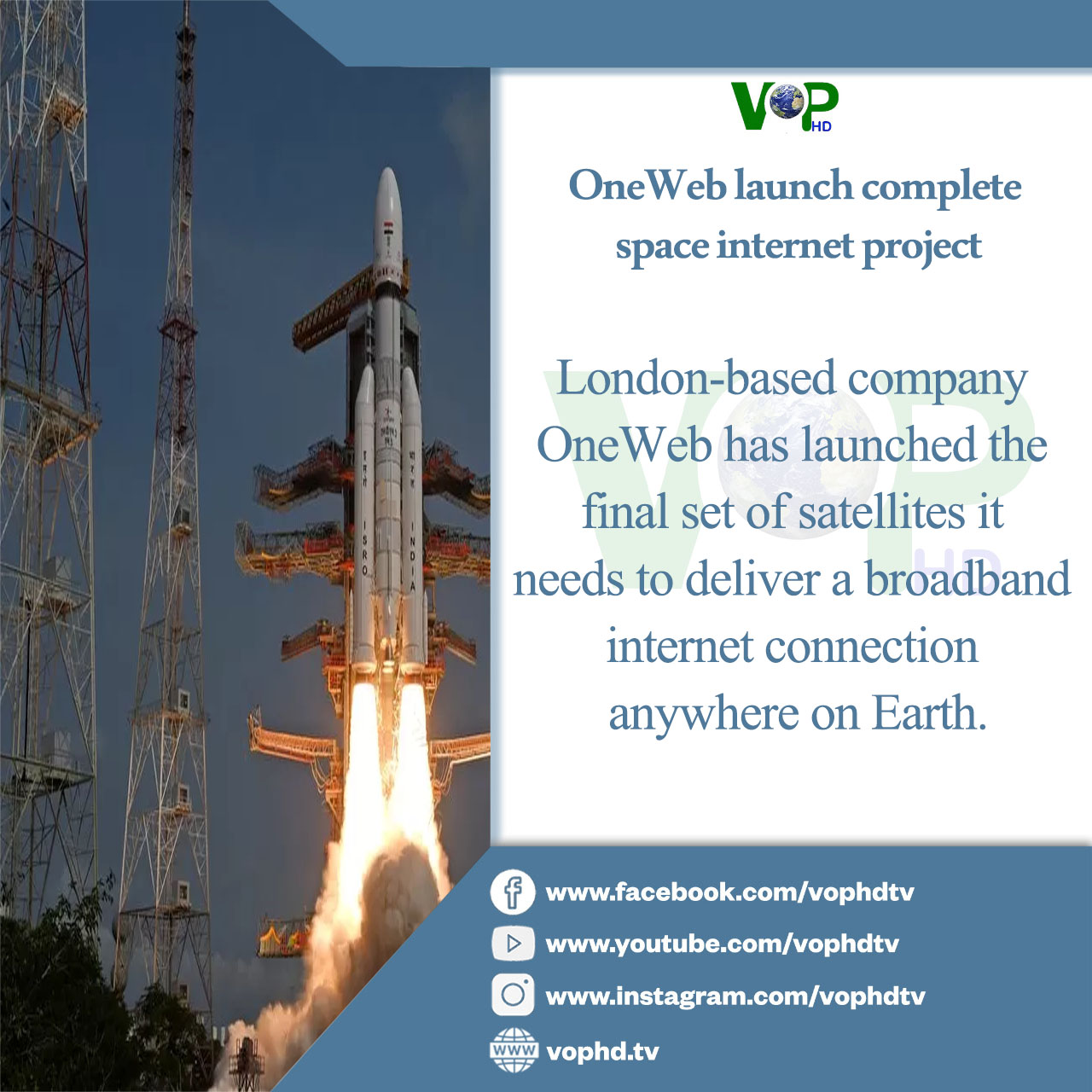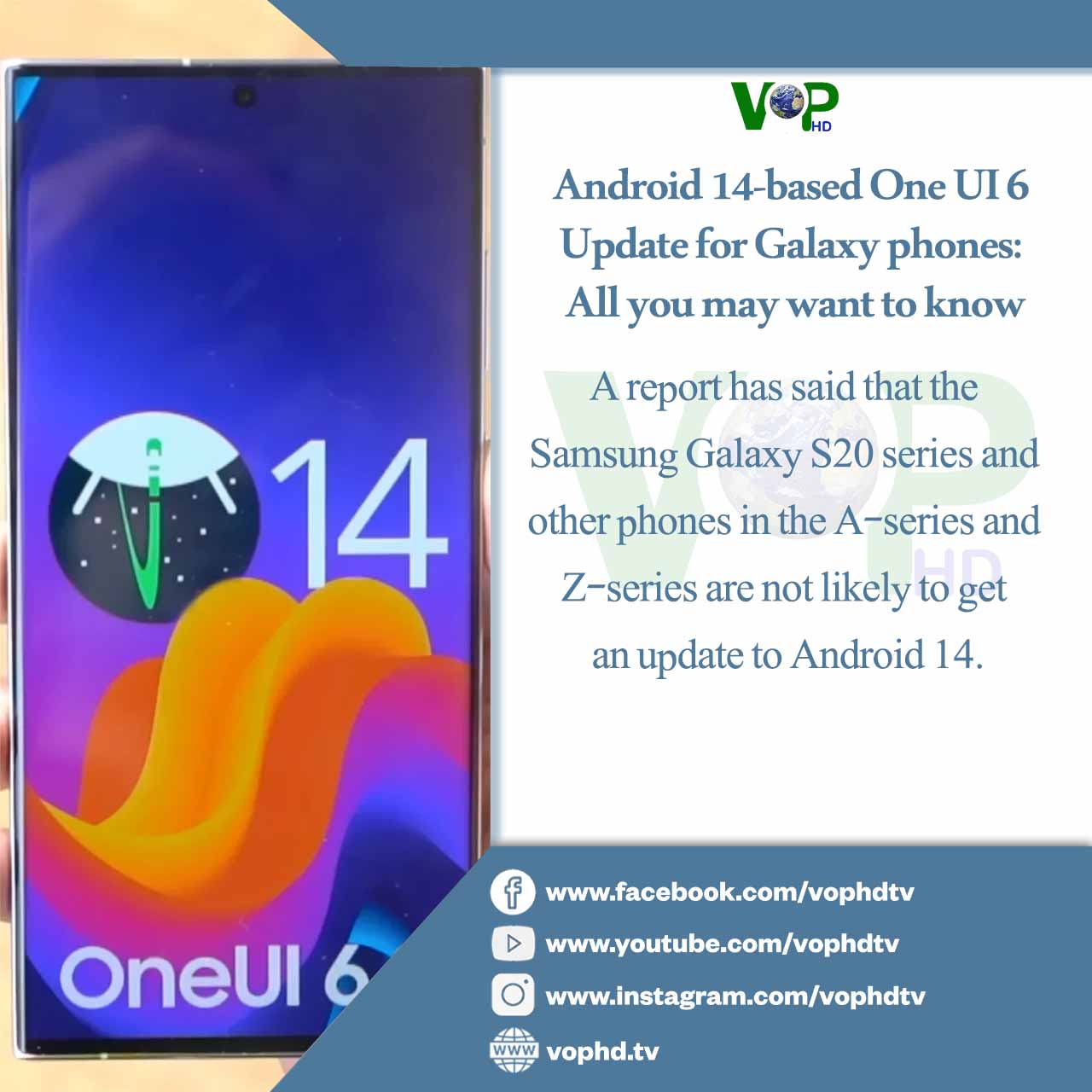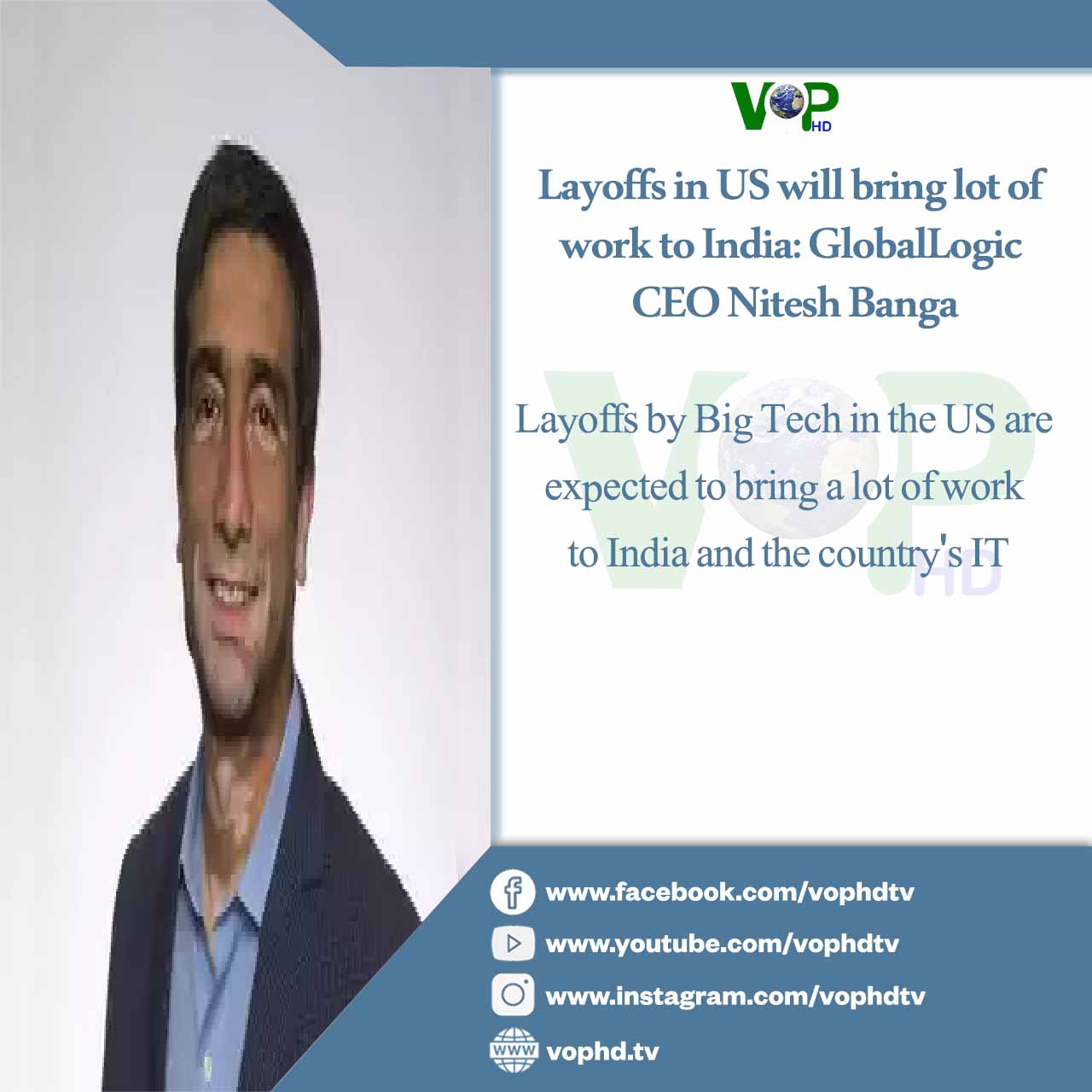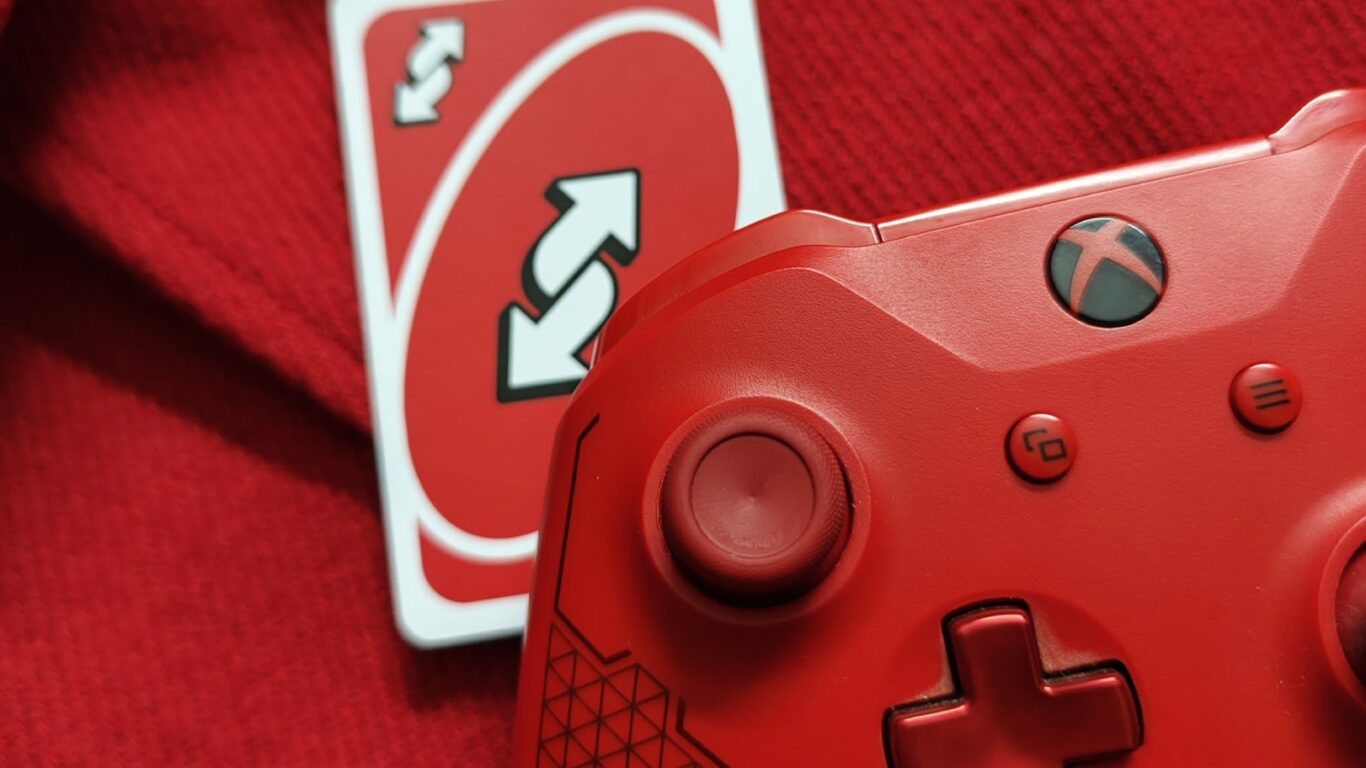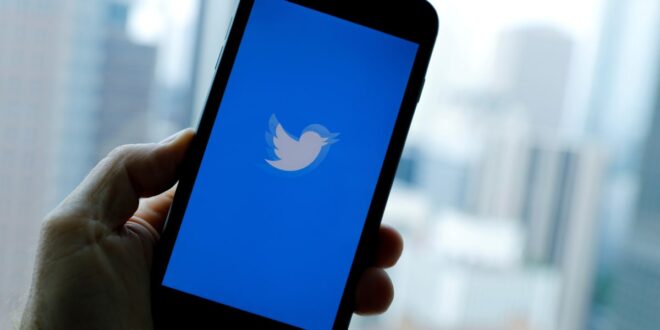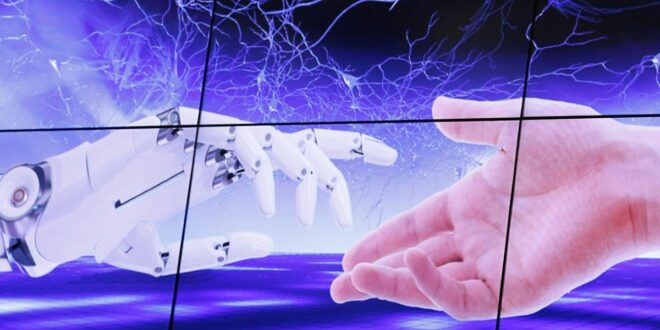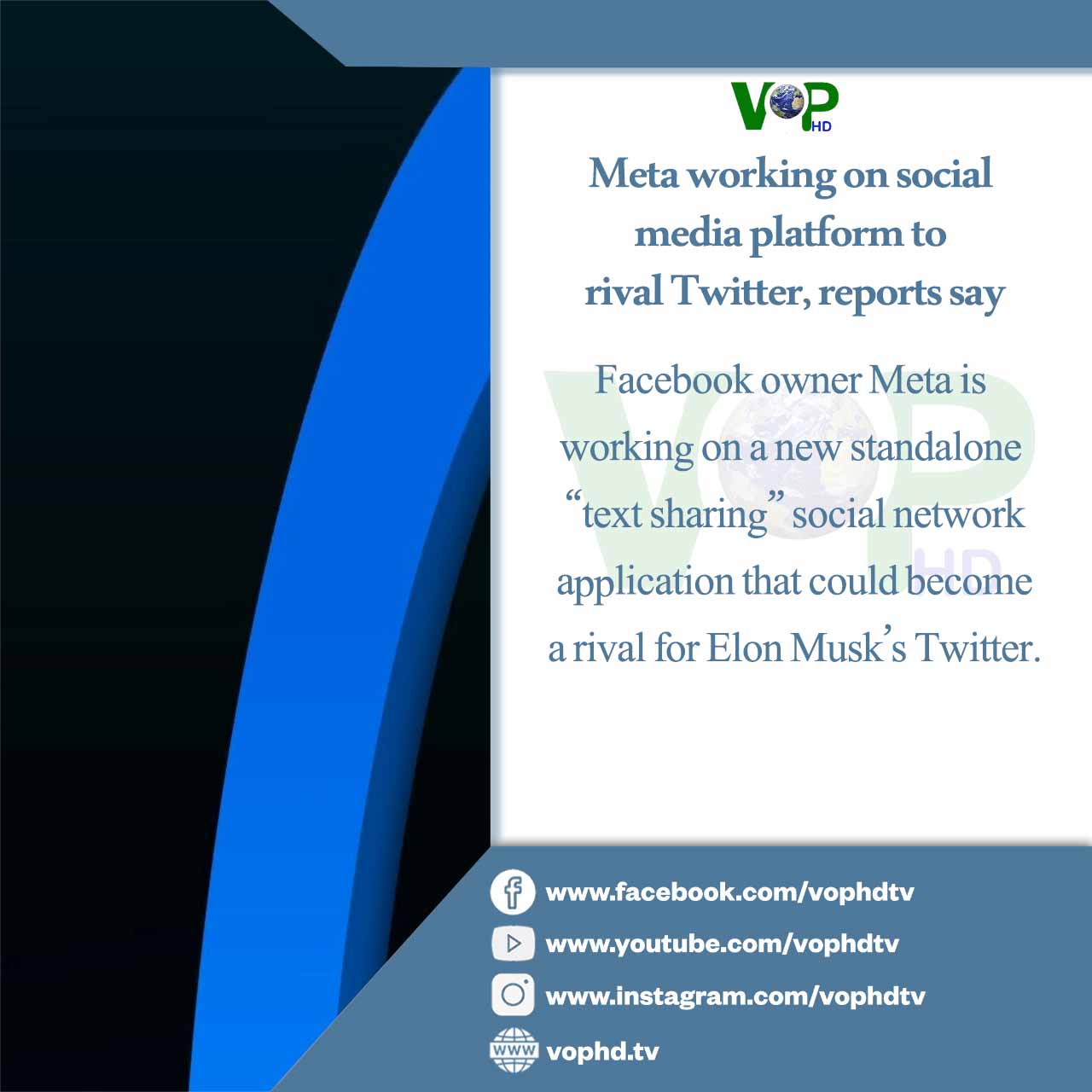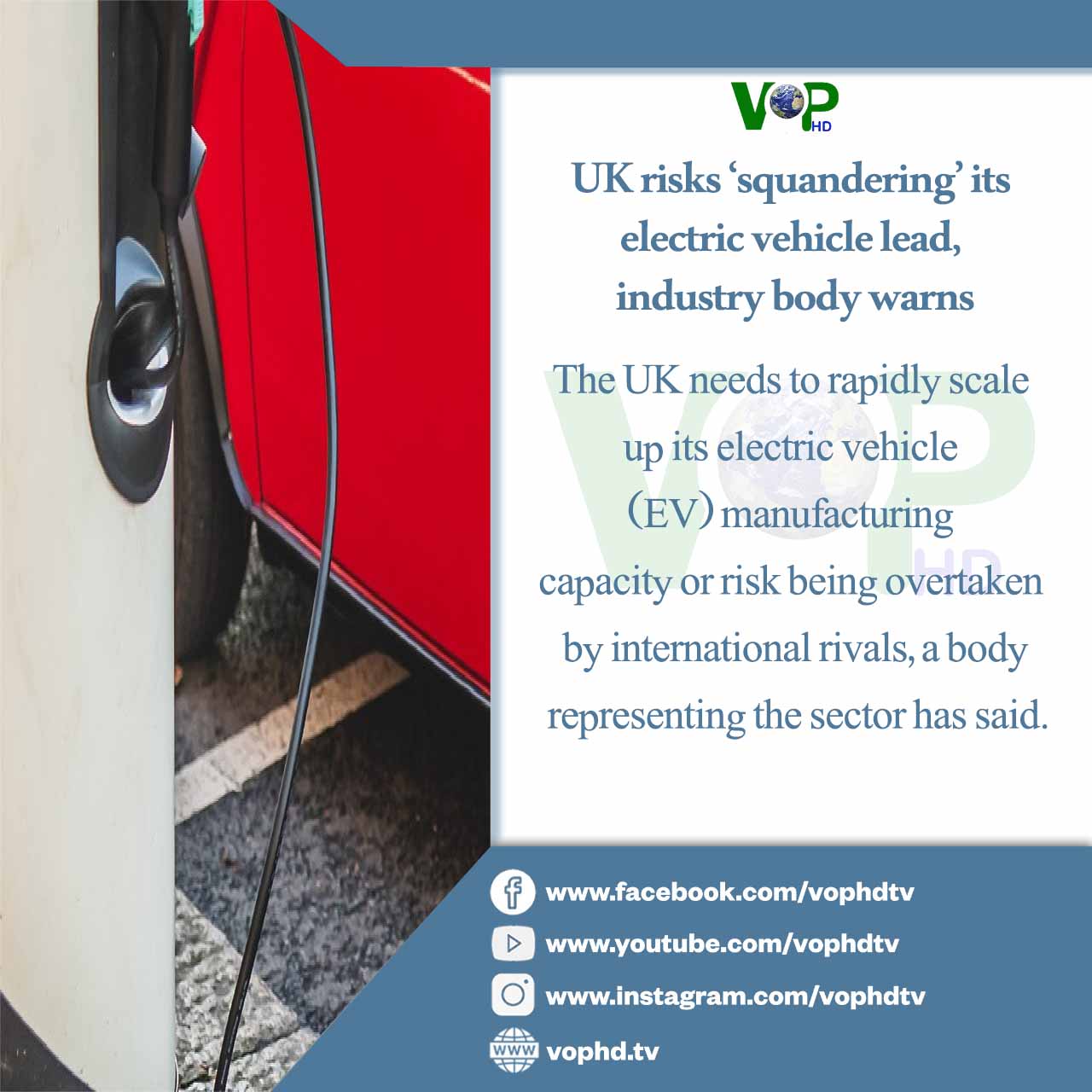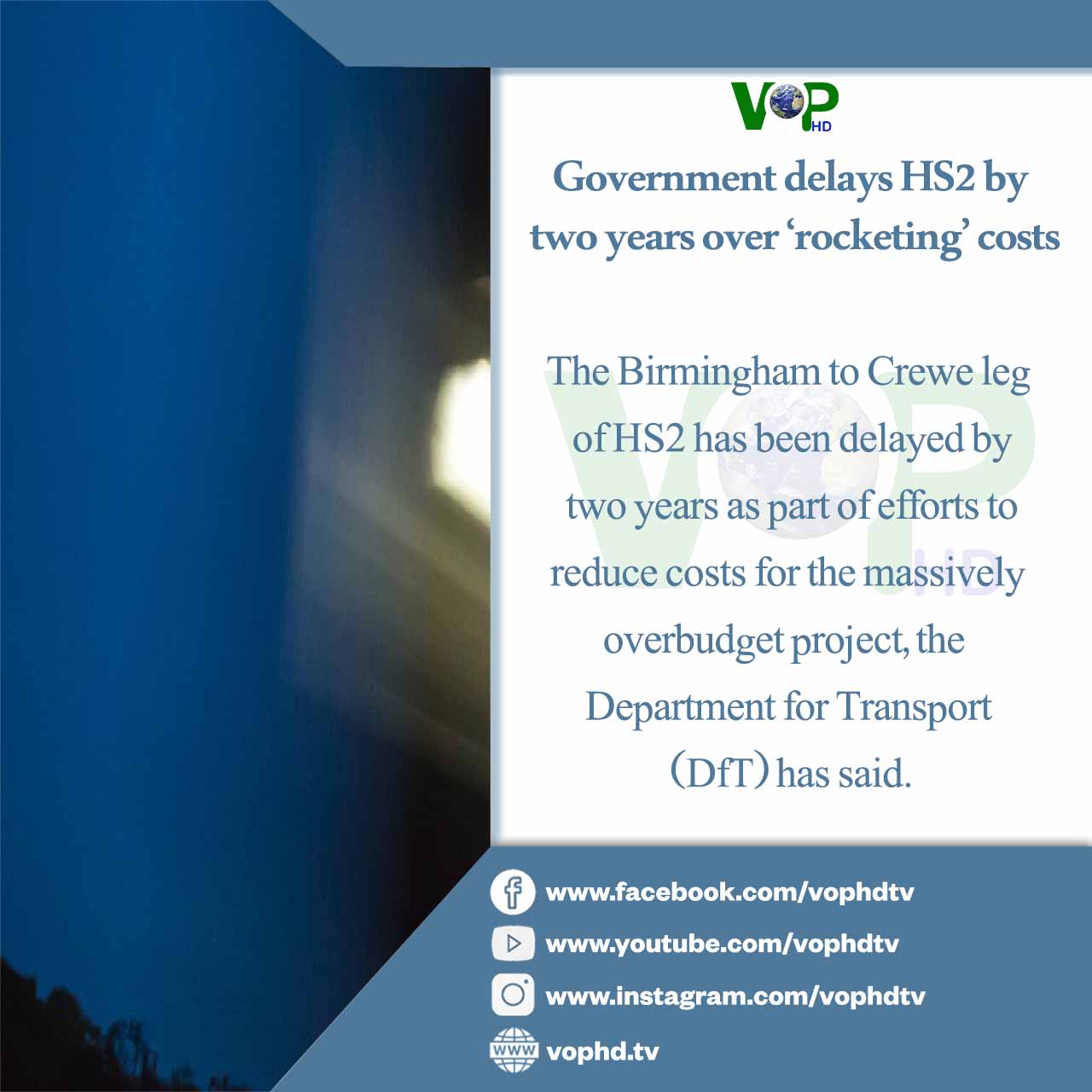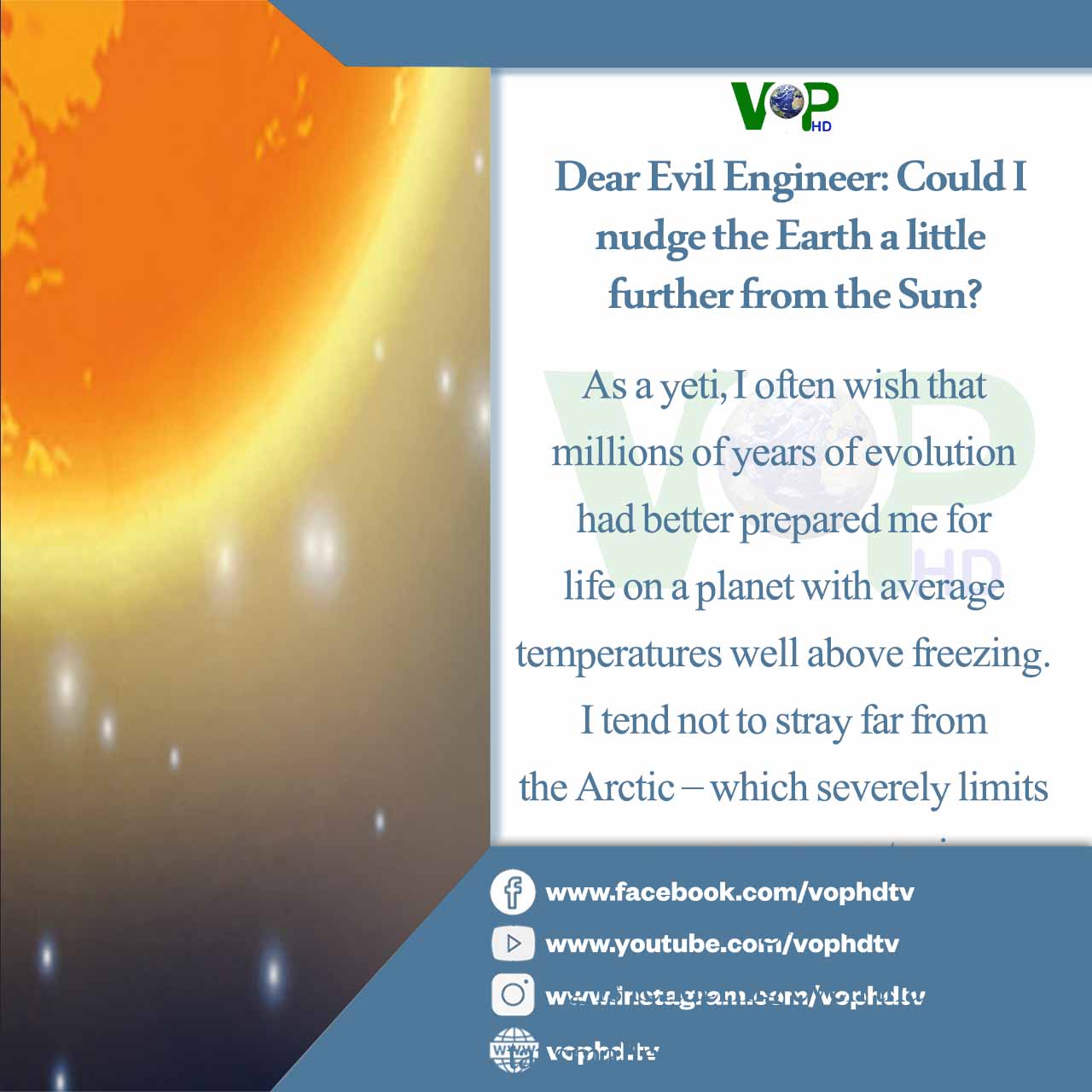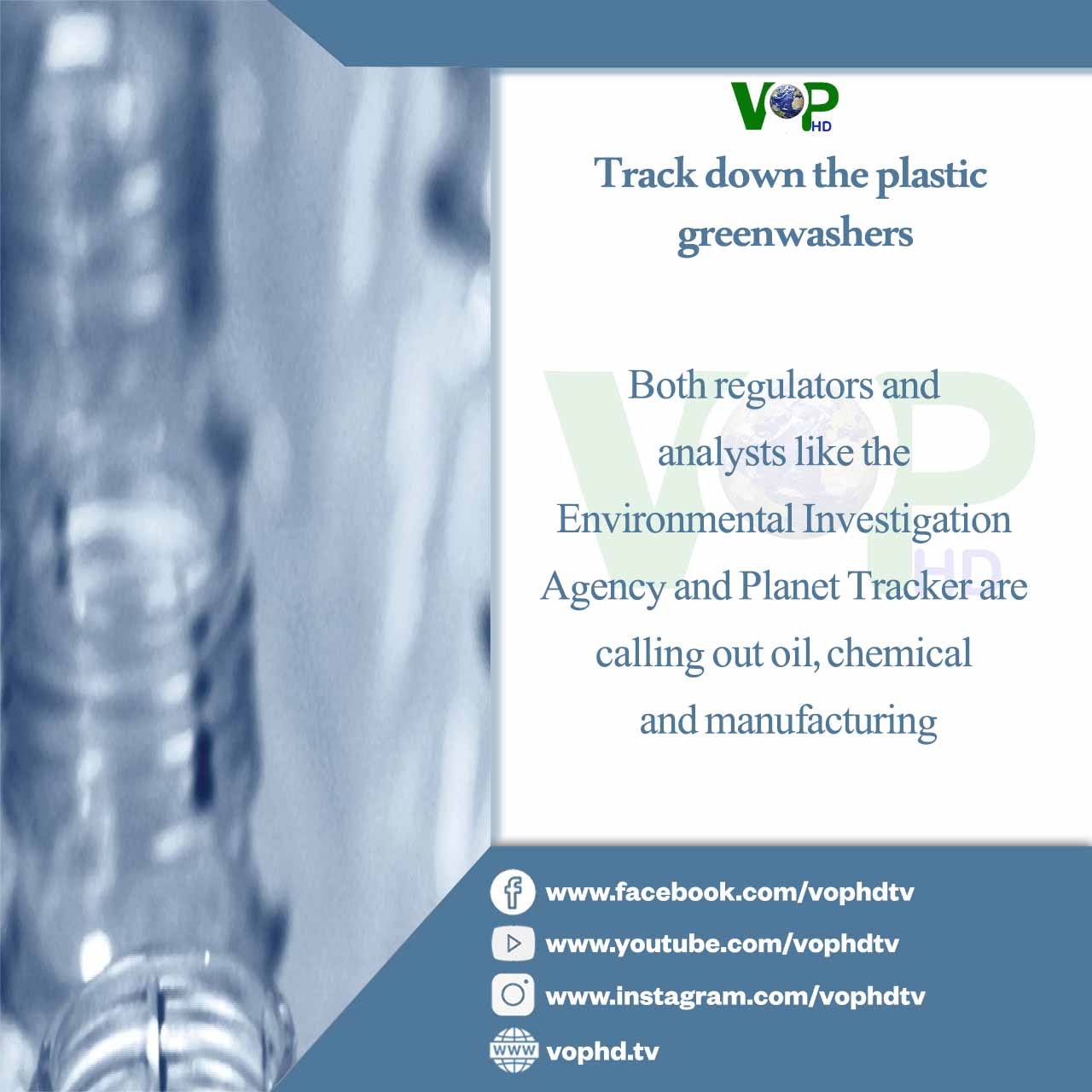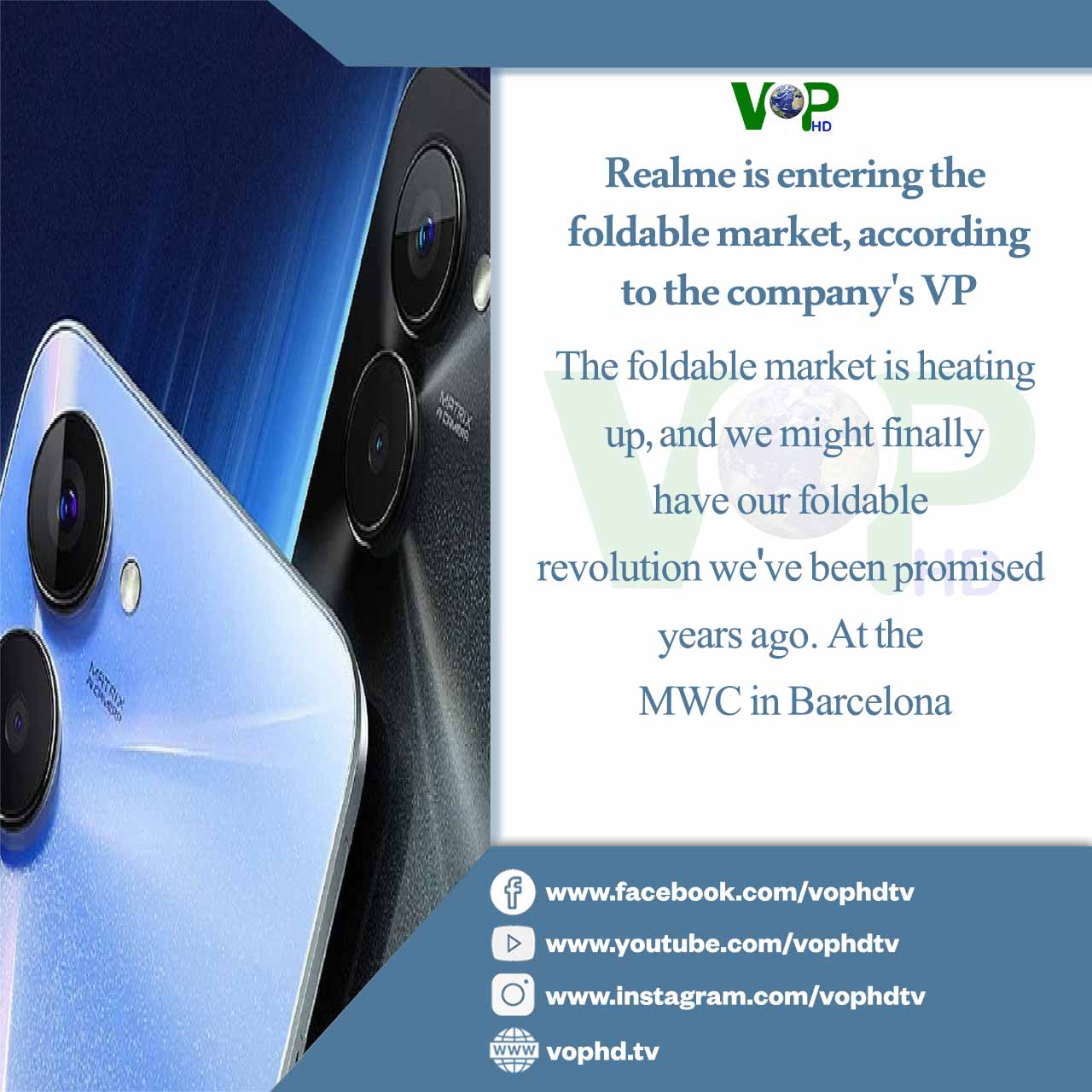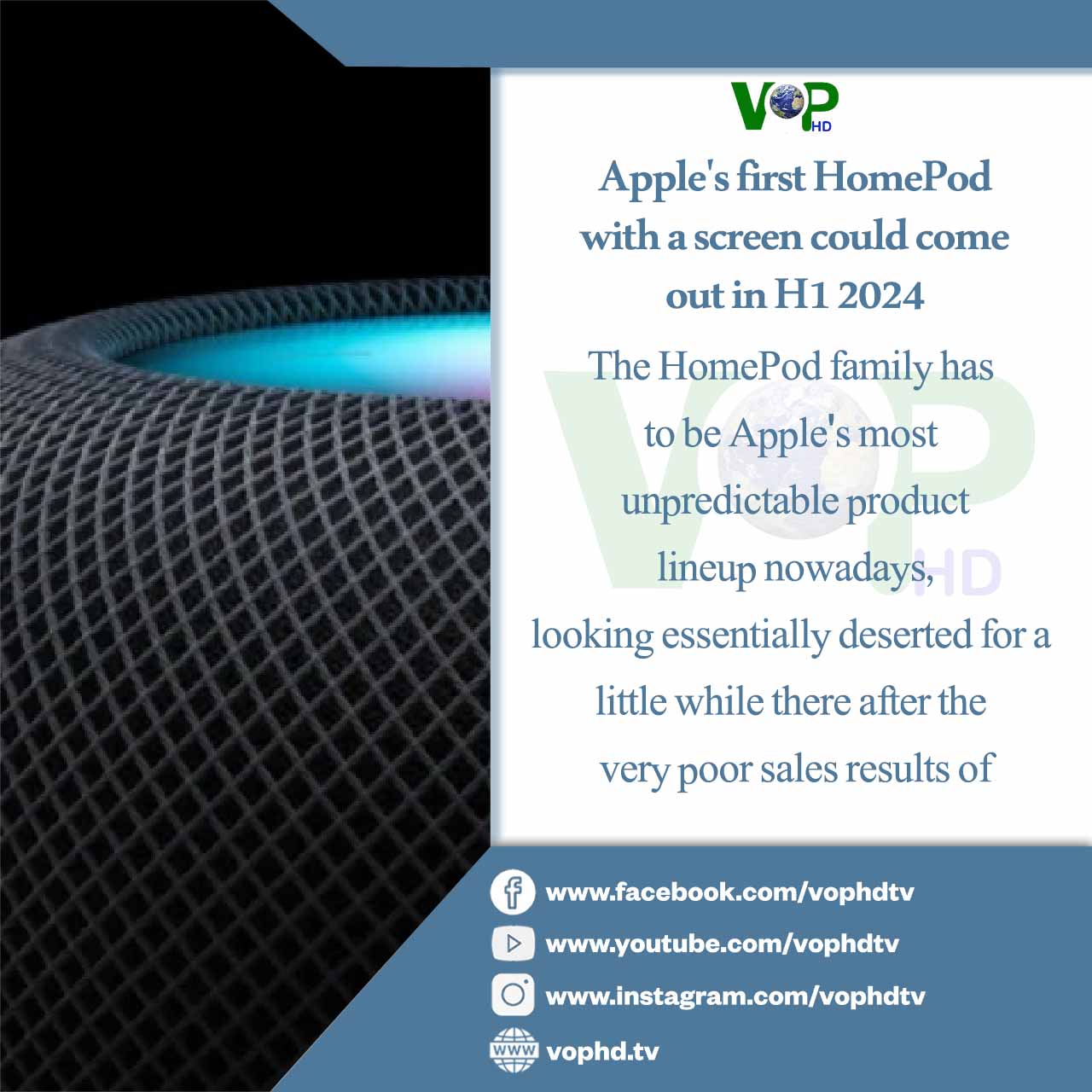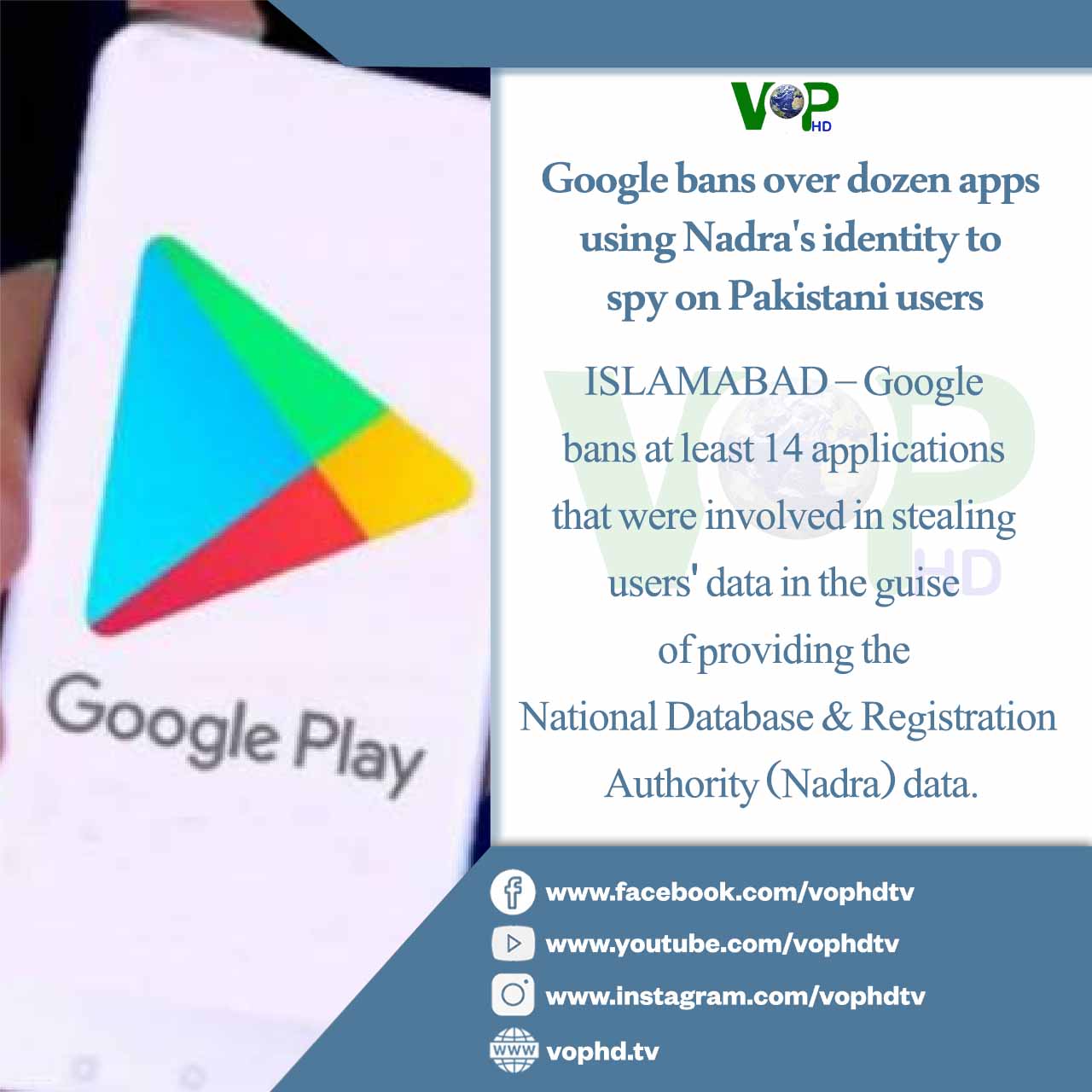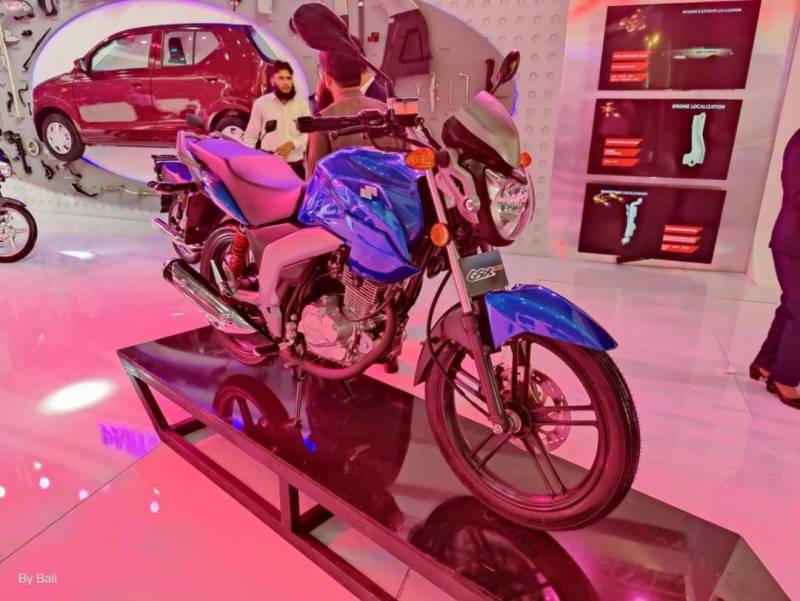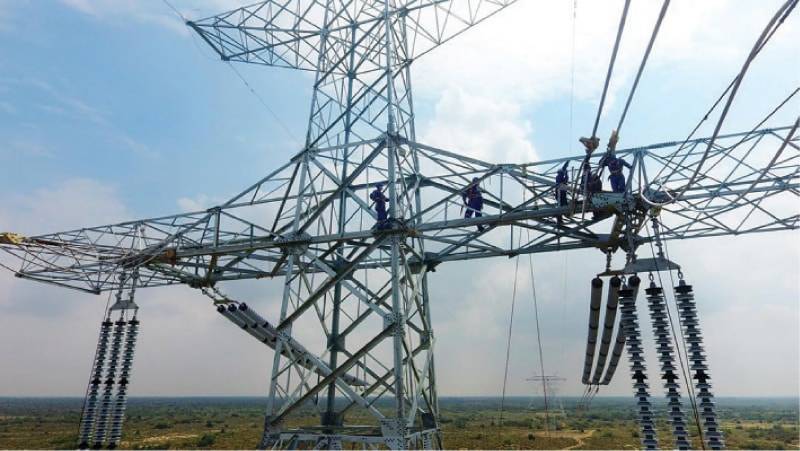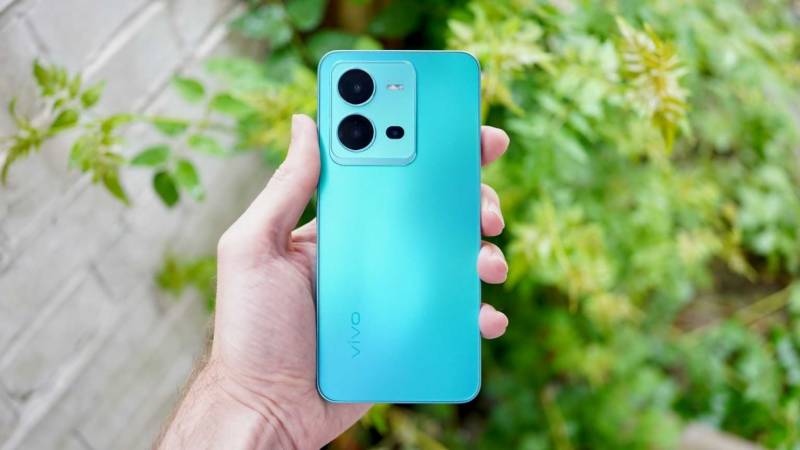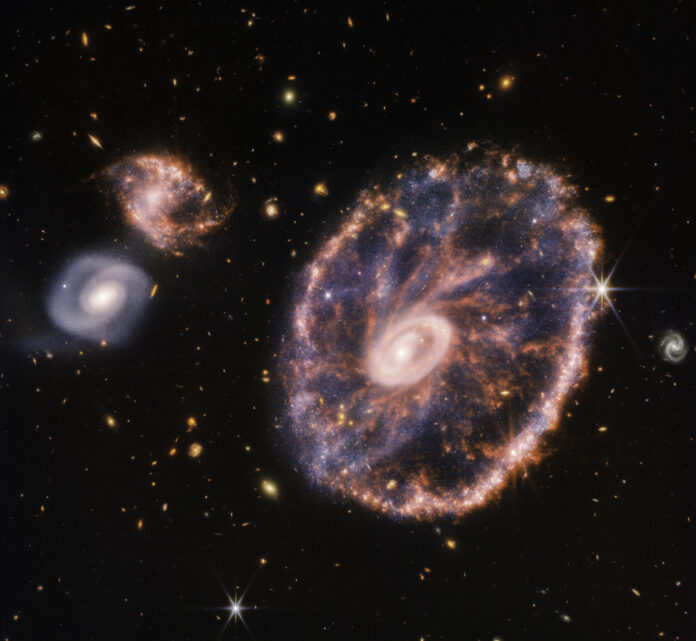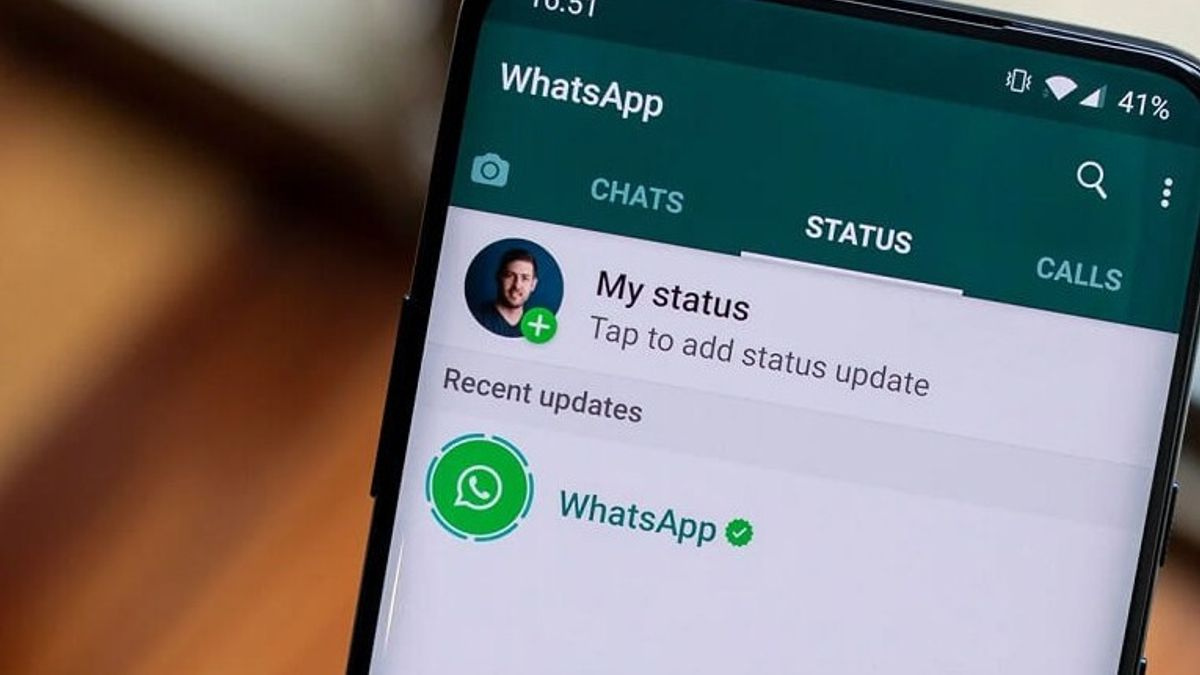
Toyota eyes lunar rover powered by regenerative fuel cell tech
Japan has stepped up its space ambitions under Prime Minister Fumio Kishida.
It is participating in NASA’s Artemis programme and plans to have an astronaut at a lunar space station called Gateway as part of that in the latter half of the 2020’s.
Toyota has teamed up with Japan’s space agency since 2019 to develop the manned lunar rover – which it dubbed the Lunar Cruiser – that they hope can be put on the moon in 2029.
“In order to conduct long-term and stable research on the surface of the moon, we are aiming to source various items on site over a long period,” said Ken Yamashita, head of lunar exploration projects at Toyota.
NASA expects Japan to provide a lunar rover with a 2029 target launch date as a contribution to the Artemis programme, the Japan Aerospace Exploration Agency said in presentation materials on Friday.
A fuel cell vehicle uses an electric motor like an electric vehicle but draws power from a fuel stack where hydrogen is separated by a catalyst to produce electricity.
Toyota said its technology will utilise solar energy and water to produce hydrogen and oxygen through electrolysis during daylight hours, and the fuel cells to supply electricity during the night.
A lunar night lasts about 14 earth days, so with help of the technology the lunar rover would be able to ride for many days at a stretch even when it is dark and extremely cold
The world’s largest automaker by sales hopes to secure an order for the manned lunar rover by autumn of next year. The vehicle is expected to be able to carry two astronauts for 42 days a year on mission and stay in operation for 10 years, it said.
“Our idea is to continue with the lunar rover longer than those 10 years if there’s a company or arrangement that can supply the water needed for that,” Yamashita said, adding that clean water will initially have to be sent into space with it.
Toyota is not expecting it will be able to generate water usable for fuel cells from the moon’s ice water or be capable of mining it by itself, Yamashita cautioned, saying it would likely rely on other companies or future developments for that.














































































































